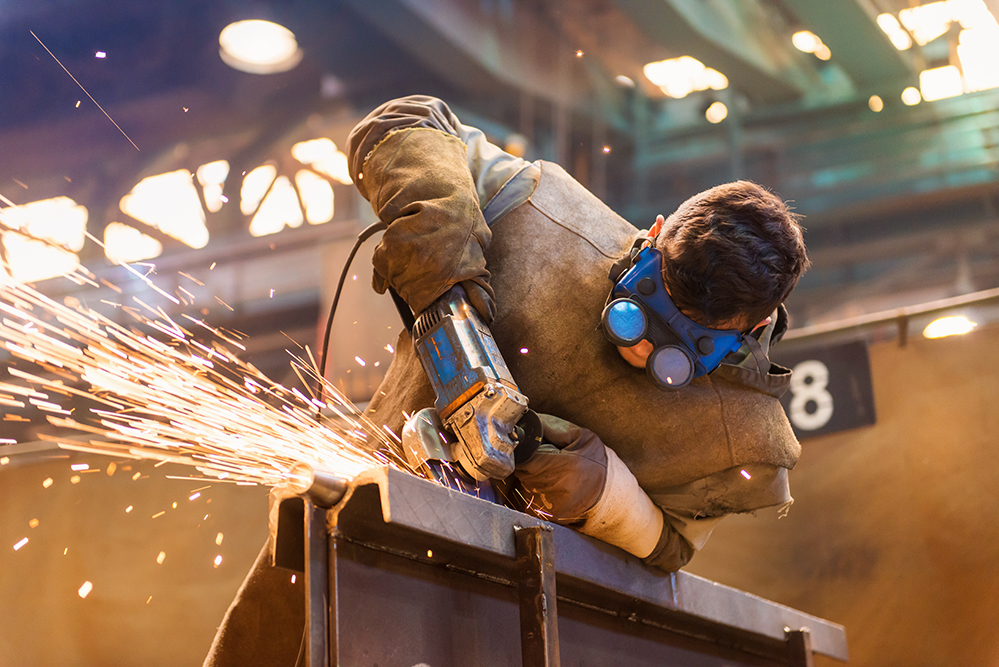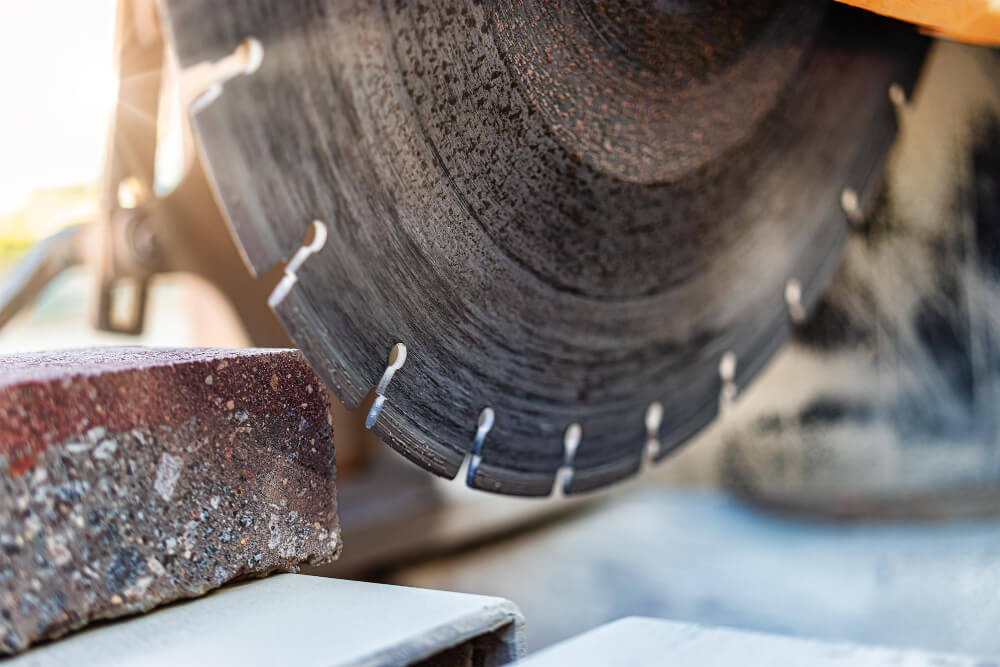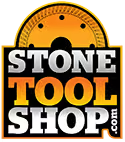Choosing the right diamond milling wheel can make or break your project. This tool is crucial for cutting, grinding, and shaping hard materials like stone and concrete.
Diamond milling wheels come in many shapes and sizes. Each type is designed for specific tasks. Selecting the right one depends on your project needs. Whether you are a professional or a DIY enthusiast, understanding the different options is key.
The right wheel will ensure precision, efficiency, and a smooth finish. It can save you time and reduce costs. This guide will help you navigate the choices and make an informed decision. Read on to learn more about selecting the perfect diamond milling wheel for your project.
Factors In Choosing A Diamond Milling Wheel
Choosing the right diamond milling wheel can be daunting. The right wheel ensures efficiency and quality. Several factors influence this choice. Understanding these factors can save time and money.
Material Considerations
The material you work on affects the wheel choice. Different materials need different wheel specifications. For example, granite and marble need specific wheels. Softer stones like limestone need different ones. The hardness of the material is crucial. Harder materials need more robust wheels. Softer materials need less aggressive wheels.
Project Requirements
Each project has unique needs. The project’s size and scope matter. Large-scale projects might need durable, long-lasting wheels. Small projects might benefit from more precise wheels. The desired finish is also essential. A smooth finish requires a particular type of wheel. A rough finish might need a different one.
Consider the machine you use. Not all wheels fit all machines. Ensure compatibility before buying. This can prevent costly mistakes. Consider the wheel’s lifespan. Some wheels last longer than others. This can affect your project’s cost and timeline.

Credit: probladesoutlet.com
Types Of Diamond Milling Wheels
Choosing the right diamond milling wheel for your project is crucial. The type of wheel you need depends on the material you are working with. Two common types of diamond milling wheels are metal bond wheels and resin bond wheels. Each type has its own advantages. Understanding these can help you make an informed choice.
Metal Bond Wheels
Metal bond wheels are known for their durability and long lifespan. These wheels are made by mixing diamond particles with a metal powder. Then, they are formed under high pressure and heat.
Here are some key features of metal bond wheels:
- High wear resistance: They last longer.
- Excellent precision: Suitable for detailed work.
- Strong cutting ability: Ideal for hard materials like stone and concrete.
| Feature | Benefit |
|---|---|
| High Wear Resistance | Longer lifespan |
| Excellent Precision | Detailed work |
| Strong Cutting Ability | Hard materials |
Resin Bond Wheels
Resin bond wheels are made from a mixture of diamond particles and a resin binder. They are known for their smooth cutting action and versatility. These wheels are often used for grinding softer materials.
Key features of resin bond wheels include:
- Flexible and adaptable: Suitable for a wide range of materials.
- Smooth surface finish: Reduces chipping.
- Cost-effective: Generally less expensive than metal bond wheels.
| Feature | Benefit |
|---|---|
| Flexible and Adaptable | Wide range of materials |
| Smooth Surface Finish | Reduces chipping |
| Cost-Effective | Less expensive |
Grit Size Selection
Choosing the right grit size for your diamond milling wheel is crucial. Grit size impacts the finish and efficiency of your project. This section will help you understand the differences between coarse and fine grit options.
Coarse Grit Options
Coarse grit wheels are typically used for initial stages of milling. They remove material quickly and efficiently. If you need to shape or prepare a rough surface, coarse grit is ideal.
Common coarse grit sizes range from 16 to 30. These sizes work best for heavy-duty tasks. They are less likely to clog and can handle tough materials.
- Grit Size 16: Perfect for aggressive material removal.
- Grit Size 24: Suitable for rough shaping and leveling.
- Grit Size 30: Good for preparing surfaces for finer grinding.
Coarse grit wheels are durable and long-lasting. They are an excellent choice for projects requiring substantial material removal.
Fine Grit Options
Fine grit wheels are used for finishing and smoothing surfaces. They provide a refined finish and are perfect for detailed work.
Common fine grit sizes range from 60 to 120. These sizes are ideal for achieving smooth and polished surfaces.
- Grit Size 60: Great for intermediate grinding and smoothing.
- Grit Size 100: Perfect for final finishing and polishing.
- Grit Size 120: Best for achieving a high-gloss finish.
Fine grit wheels are less aggressive but provide more control. They are essential for projects requiring precision and a smooth finish.
Understanding the different grit sizes will help you choose the right diamond milling wheel. This ensures your project is completed efficiently and with the desired quality.
Wheel Diameter And Thickness
Selecting the right diamond milling wheel depends on wheel diameter and thickness. Smaller diameters are ideal for detailed work. Thicker wheels offer greater durability and are suited for heavy-duty projects.
Choosing the right diamond milling wheel involves understanding wheel diameter and thickness. These two factors greatly impact the performance of your milling wheel.
Standard Sizes
Standard sizes for diamond milling wheels are widely available. These sizes are designed to meet the needs of most projects. Common diameters range from 4 inches to 12 inches. Thicknesses usually vary between 1/4 inch and 1 inch. These standard sizes suit many materials, including granite, marble, and concrete.
Custom Sizes
Some projects require custom sizes for diamond milling wheels. Custom sizes can be tailored to specific project needs. They offer flexibility for unique materials or detailed work. Custom options may include diameters larger than 12 inches. Thickness can also be adjusted beyond standard limits. This ensures precision and efficiency for specialized tasks. “`
Speed And Feed Rates
Speed and feed rates are crucial for the performance of your diamond milling wheel. They ensure efficiency, precision, and longevity of the tool. Understanding these parameters helps you achieve the best results in your project. Let’s explore the optimal speed settings and feed rate guidelines.
Optimal Speed Settings
Choosing the right speed settings is essential. The speed of your diamond milling wheel affects the cutting efficiency. Generally, higher speeds work best for harder materials. Lower speeds are suitable for softer materials. Always refer to the manufacturer’s recommendations. This ensures you use the appropriate speed for your specific wheel and material.
Feed Rate Guidelines
Feed rate is the speed at which the material passes through the milling wheel. It impacts the quality and precision of the cut. A slower feed rate provides a smoother finish. A faster feed rate increases productivity but may reduce cut quality. Balance speed and quality for optimal results. Adjust the feed rate based on the material and project requirements. Always test different rates on scrap material before starting your main project.

Credit: www.amazon.com
Compatibility With Equipment
Choosing the right diamond milling wheel requires ensuring it works with your equipment. This means understanding your machine specifications and attachment methods. The right fit ensures optimal performance and longevity.
Machine Specifications
Your machine’s specifications are crucial. They determine the type and size of the milling wheel. Check the spindle speed and horsepower of your machine. These factors affect the wheel’s performance.
Refer to the machine’s manual. It provides detailed specifications. This ensures you choose a wheel that matches. Here’s a quick guide:
| Machine Specification | Impact on Milling Wheel |
|---|---|
| Spindle Speed | Determines the wheel’s RPM capability. |
| Horsepower | Influences the wheel’s cutting efficiency. |
| Machine Type | Ensures compatibility with wheel design. |
Attachment Methods
Different machines use different attachment methods. Knowing your machine’s attachment type is vital. Common methods include:
- Bolt-on
- Quick-release
- Magnetic
Bolt-on attachments are sturdy. They provide a secure fit. Quick-release methods allow for fast changes. They are perfect for projects needing multiple wheels. Magnetic attachments offer ease. They ensure the wheel stays in place without bolts.
Match the attachment method with your machine. This ensures a seamless operation. Consult your machine’s manual for the exact attachment type.
Cost Considerations
Choosing the right diamond milling wheel involves several cost considerations. A balance between quality and price is crucial. This section will help you navigate through budget constraints and long-term investment decisions.
Budget Constraints
Managing your budget is essential in selecting a diamond milling wheel. You need to ensure you are getting good value for your money. Here are some points to consider:
- Initial Cost: Compare prices of different brands and types. Do not compromise on quality for a lower price.
- Usage Frequency: If you use the wheel often, investing in a higher quality product may save money over time.
- Project Size: For smaller projects, a mid-range wheel might be sufficient. Larger projects may require more durable options.
Long-term Investment
Thinking long-term can often lead to significant savings. Consider the following factors:
- Durability: High-quality wheels last longer. This reduces the need for frequent replacements.
- Performance: Better performance means faster project completion. This can save labor costs.
- Maintenance Costs: Some wheels require less maintenance. This can lower overall project costs.
Here is a quick comparison to help you decide:
| Factor | Budget Option | Long-Term Investment |
|---|---|---|
| Initial Cost | Low | High |
| Durability | Low | High |
| Performance | Moderate | High |
| Maintenance | High | Low |

Credit: www.paulbwholesale.com
Maintenance And Longevity
Choosing the right diamond milling wheel is crucial. But maintenance and longevity are just as important. Proper care helps your tool last longer and perform better. Let’s dive into some key aspects of maintaining your diamond milling wheel.
Proper Cleaning Techniques
Keeping your diamond milling wheel clean is essential. After each use, wash the wheel with water. Use a soft brush to remove debris. Avoid using harsh chemicals. These can damage the wheel. Dry the wheel with a clean, soft cloth. Proper cleaning ensures your tool works efficiently.
Storage Tips
Storing your diamond milling wheel correctly is vital. Keep the wheel in a dry, cool place. Avoid direct sunlight. Store it in a protective case. This prevents dust and moisture from affecting the wheel. Proper storage extends the life of your tool.
Frequently Asked Questions
What Is A Diamond Milling Wheel?
A diamond milling wheel is a tool with diamond segments for grinding and milling hard materials like stone and concrete.
How Do I Choose The Right Diamond Milling Wheel?
Consider material type, wheel size, grit, and bond hardness. Match the wheel to your project’s specific requirements.
What Materials Can Diamond Milling Wheels Cut?
Diamond milling wheels can cut materials like granite, marble, concrete, and other hard stones efficiently.
How Long Does A Diamond Milling Wheel Last?
The lifespan depends on usage, material hardness, and wheel quality. Proper use ensures a longer lifespan.
Conclusion
Choosing the right diamond milling wheel is crucial for project success. Consider material type, wheel size, and grit. Each factor affects performance and finish quality. Research and compare options to match your project needs. Proper selection saves time and costs, ensuring smooth, precise results.
Always prioritize quality and fit for optimal outcomes. With these tips, you can confidently choose the best diamond milling wheel for your project. Happy milling!
Best Selling Diamond Milling Wheel



